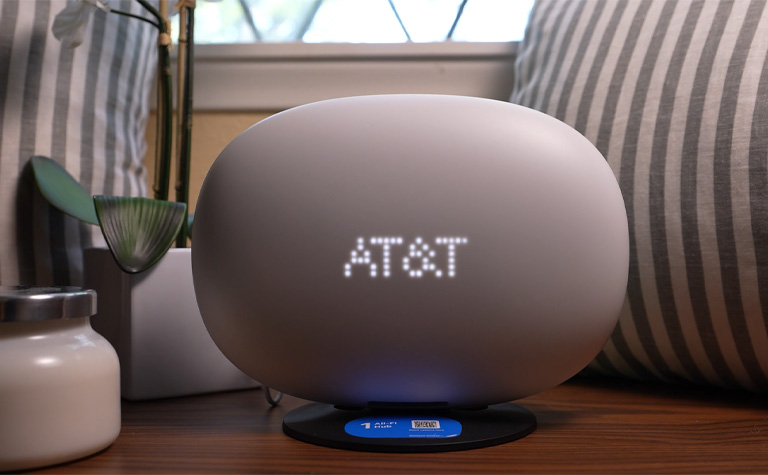Dial-Up Internet Power!
While it may seem outdated by modern standards, its impact on the early days of the internet cannot be overstated. Understanding the history and evolution of dial-up internet gives us a greater appreciation for the high-speed connectivity we enjoy now. For those who experienced it, the nostalgic sounds of a dial-up modem serve as a reminder of the internet's humble beginnings.

Dial-Up Internet: A Journey Back to the Origins of Online Connectivity
In today's world of high-speed broadband and fiber-optic internet, it's easy to forget the humble beginnings of online connectivity. Dial-up internet, once the only way for households to access the web, holds a significant place in the history of the internet. This blog takes you on a journey back to the origins of online connectivity, exploring the rise and fall of dial-up internet, how it worked, and why it still exists today.
The Birth of Dial-Up Internet
Dial-up internet emerged in the early 1990s, providing millions of users with their first taste of the World Wide Web. This form of internet access used existing telephone lines to connect computers to the internet. The unmistakable sound of a modem dialing and connecting is etched in the memories of anyone who experienced it.
How Dial-Up Internet Worked
Dial-up internet required three key components:
- Telephone Line: The physical connection used to establish a link to the internet.
- Modem: A device that converted digital data from a computer into an analog signal that could be transmitted over phone lines.
- Internet Service Provider (ISP): The company that provided access to the internet.
To connect to the internet, the modem would dial a phone number provided by the ISP. Once connected, data could be sent and received over the phone line. However, this connection had its limitations, most notably the need to free up the phone line, which meant no incoming or outgoing calls could be made while online.
Speed and Performance
Dial-up internet offered speeds of up to 56 kbps (kilobits per second), a far cry from the megabits and gigabits per second available with modern broadband. Web pages loaded slowly, and downloading files could take hours. Despite these limitations, dial-up was revolutionary for its time, bringing the internet into homes and changing how people communicated, worked, and accessed information.
The Heyday of Dial-Up Internet
In the mid-1990s to early 2000s, dial-up internet was the dominant method of online access. Companies like AOL, CompuServe, and NetZero became household names, providing software and services to help users connect and navigate the internet.
AOL: The King of Dial-Up
America Online (AOL) was synonymous with dial-up internet in the 1990s. Their ubiquitous free trial CDs, easy-to-use software, and "You've Got Mail" greeting made them the leader in the market. AOL provided a comprehensive online experience, including email, instant messaging, news, and web browsing.
The Role of ISPs
ISPs played a crucial role in the dial-up era, offering various plans and services. Some of the notable ISPs included:
- CompuServe: One of the earliest providers, known for its extensive forums and online communities.
- NetZero: Offered free dial-up internet access supported by advertisements.
- EarthLink: Provided reliable dial-up service with additional features like antivirus protection and personal webspace.
The Decline of Dial-Up Internet
The advent of broadband internet in the early 2000s marked the beginning of the end for dial-up. Broadband offered significantly faster speeds, always-on connections, and the ability to use the phone line while online. As broadband became more affordable and widespread, users quickly made the switch.
Reasons for the Decline
- Speed: Broadband's superior speed made it the preferred choice for activities like streaming, online gaming, and large file downloads.
- Convenience: Always-on connections meant no more waiting for the modem to dial and connect.
- <




